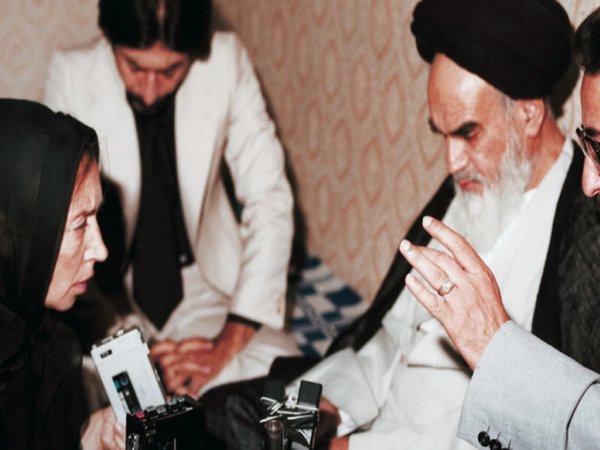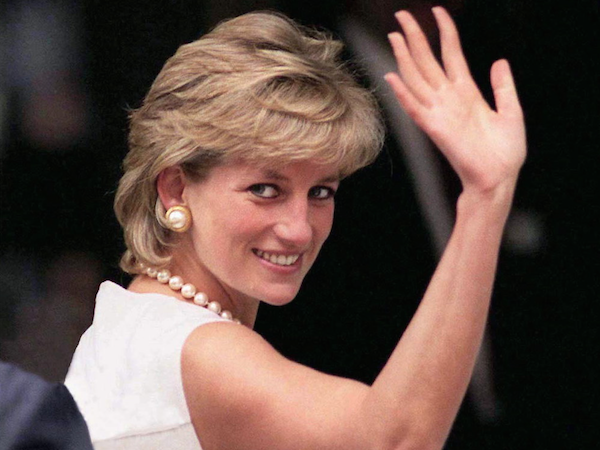On Wednesday night, Kony 2012 exploded on both Twitter and Facebook. If you haven’t heard about it, you’ve been living under a rock.
The online documentary was created by US Director Jason Russell. The 30-minute film focuses on Ugandan warlord Joseph Kony for the atrocities committed against children in Africa.
The campaign, which aims to ‘make Kony famous’ and hopefully lead to his arrest, has gathered thousands of followers on social media sites using hashtags #stopkony and #Kony2012. At the time of writing, more than 9.6 million people have already watched the video.
Despite the mass following, there have been a number of bloggers and news websites who have criticised the documentary and campaign Invisible Children for using operating costs for unnecessary uses such as travel expenses (US$1.07million) and postage costs (US$187,000).
However, the fact is that without donations, Invisible Children would not be what it is today. Every organisation incurs expenses. Without spending money, charities cannot raise awareness about issues. One need only look at some of the world’s biggest aid organisations.
For example, World Vision’s operating expenses totalled US$1.079 million in 2011, including international program costs, domestic programs and public awareness and education in schools. Each of these items cost money and plays a role in furthering their aims. Without such expenditure, there is no awareness.
Invisible Children is an organisation that strives to protect children to promote humanitarian justice. Will its expectations live up to its aims? Should it be praised or vilified? Only time will tell.
Brendan Lucas is a third year Bachelor of Journalism student at La Trobe University. You can follow him on Twitter: @bplucas8
Listen to an interview with Timmy Harris, a key figure in the lead movement behind viral campaign ‘Kony 2012.’






